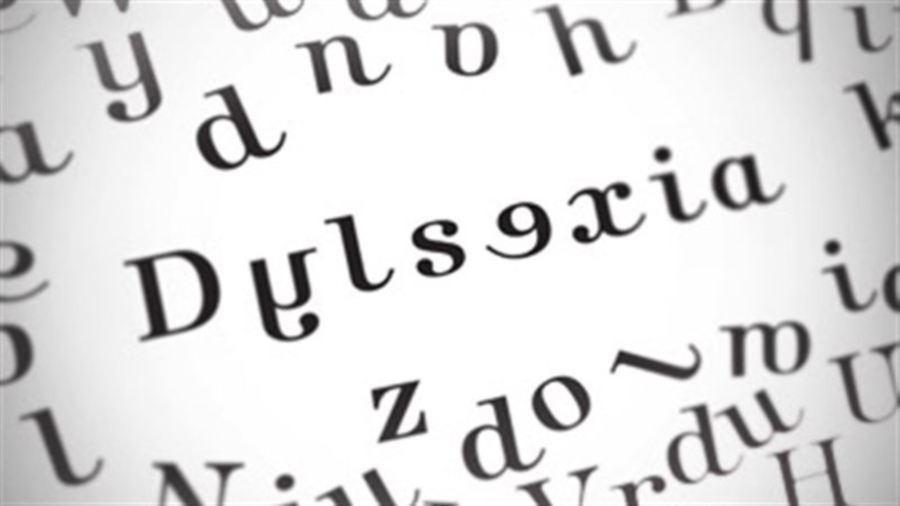By Elyana Sofia and Aqilah Bahar
Sharing through his lenses as a founder of Dyslexia Genius, Jaldeen Mohd Ali shared how he shifted from having a degree in finance to being a founder for Dyslexia Genius Association.
The curved pathway in his career stemmed from a passion and pursued interest in breaking the stigmas around dyslexia that brings about an applaudable success that is benefitting not only to him but children with special needs.
After years of involvement and contribution as early as 1996 with Dyslexia Association of Malaysia, he founded a non-profit organisation in 2015 with the purpose of advancing the dyslexic childrens and adults need for education and welfare to an improved state and providing remedies for their disabilities.
He shared through the course of his longtime experiences, public awareness is still peculiarly low and there is a massive call for a change of perceptions”to debunk the myth and perspectives that dyslexia cases are an uncommon scene in Malaysia and the stigma of dyslexic kids’ incapability to do well in school.
People with dyslexia have difficulty with reading and often have a hard time comprehending and making sense of alphabets, words and letters. That does not mean they cannot succeed in school, it is just a matter of approaches to be used to assist them and to what extent the support is given.
Many have tried to shed light on dyslexic kids and how prevalent this condition is in society. A well-known and respected actor Aamir Khan, produced, directed and acted in Taare Zameen Par, a Hindi film that orbits around a dyslexic child Ishaan, who has poor academic record and shun by teachers and friends due to the less exposure for children of their kind. Ishaan only started to show some interest and improvement when an instructor paid special care and understood his needs while helping him through.
Similarly, dyslexic children can succeed and will go further if teachers and parents are willing to go the extra length to provide assistance and mental support.
Understanding Dyslexia Children
Mr. Jaldeen shared that parents have to make learning and reading experience enjoyable for the children. Visuals and music may be very helpful to help them understand better. Apart from that, parents have to make sure that when their child makes mistakes, they have to be told of what and why it is wrong so they won’t repeat similar mistakes.
In the theory of behaviourism by BF Skinner it suggests that behaviour tends to be repeated if a reward is given which leads to positive reinforcement. On the other hand, behaviour which is not being reinforced will not be repeated. Hence, to educate Dyslexia children behaviourist theory should be applied.
Interestingly dyslexic children rarely throw tantrums as opposed to another spectrum of learning disabilities which is autism. However, in a situation where they are pressured to finish a task, they will manipulate the situation to escape themselves from the pressure. For example, using excuses such as they are hungry or have a headache. Therefore, when such a situation occurs, parents must take a break by doing exciting activities such as doing art, music, or play games to ease them from the pressure. Instead of applying force to the child, parents should be more creative in providing intervals in between sessions.
Dyslexia Genius to the Rescue
At Dyslexia Genius Titiwangsa, assistive courseware for dyslexic children known as Mylexic is used to help children with dyslexia to learn basic Malay language. The software has interesting features such as sounds and movements which is very interactive for dyslexic children. With multiple awards including Gold Medal during the 18th International Invention Innovation and Technology Exhibition (ITEX07), Kuala Lumpur Convention Centre and a silver medal during the 35th International Exhibition of Inventions, New Techniques and Products of Geneva, Mylexic have eased the learning process for dyslexic children in reading and arithmetic.
At the centre, every child is given equal opportunity for education. They will be divided into categories according to their difficulties. According to Meredith Cicerchia, a teaching affiliate at the University of Nottingham shared that there are different types of dyslexia including phonological, surface, visual, primary, secondary or developmental and trauma dyslexia. Each type will be given extra care to tackle their problems. To do so, the students will be paired with friends with similar issues so that they will be more comfortable to learn.
œDyslexic children may be slow readers but often they are out-of-the-box thinkers.
Dyslexia should not be viewed as a dream killer for dyslexic children. It should, however, be seen as a wave in the sea, uncomfortable at first but you will learn how to navigate once you get through.
Regardless of the tainted eyes and negative perceptions that dyslexia will stunt the childrens success and growth, parents should play their role in combating these stigmas against dyslexia and spare no effort to support these struggling learners. After all, prominent figures such as Walt Disney, Leonardo Da Vincci and Albert Einstein are all dyslexic.***
